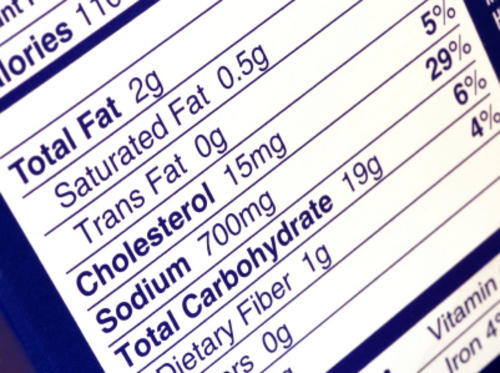New Labelling Regulations in South Africa – What You Need to Know
New labelling regulations have been recently passed in South Africa to prevent companies and marketers from misleading consumers through deceptive advertising.
The South African government is giving companies until March 2011 to include additional information on product labels so that consumers can make healthier and more informed choices.
The most important changes in labelling in South Africa have to do with nutritional value information on products. For example, smoothies can no longer be advertised as 98% fat free. Instead, the label must show that they contain 2% fat. Under the new regulations, manufacturers will not be allowed to make nutritional claims about food products unless:
- the food has been analysed in an accredited laboratory.

- the nutrient content is greater than a specified amount per serving.
Highlights of the New Labelling Regulations in South Africa
- The heaviest mass should be listed first. So if a whole nut chocolate bar has whole nuts mentioned as the last item under ‘ingredients’, you’ll know that the chocolate bar contains hardly any whole nuts.
- The ‘Use By’ date must appear on perishable pre-packaged food items which may not be sold after the expiry date.
- The ‘Best Before’ date must appear on non-perishable items but these may still be sold after the expiry date.
- Common allergens such as gluten, milk, eggs, soy, peanuts, tree nuts, shellfish or crustaceans, or significant cereals (wheat, rye, barley and oats) must be indicated clearly on food labels.
- Additives such as Tartrazine, MSG, sulphur dioxide and related compounds also have to be declared on labels.
Words Banned from Product Labels in South Africa
Certain labelling terms have been banned by the government under the new rules. These labels include word and phrases such as ‘rich in’, ‘excellent source of’, ‘enriched with X’, ‘with added Y’, and ‘contains Z’. Words and phrases that are still allowed include ‘low’, ‘free’, ‘virtually free’, ‘high’, or ‘very high’.
A Ready Reckoner of Changed Labelling Laws in South Africa:
- A number of companies previously marketed their products as ‘low-energy’, ‘energy-reduced’ or ‘energy-rich’. They will either have to change their formulae or their advertisement content.
- A product can only be labelled ‘low-fat’ if it contains not more than 3g of total fat per 100g (solids) or 1.5g of total fat per 100ml (liquids).
- No food item may be labelled/ advertised to create an impression that it is supported or endorsed by health practitioners such as dentists, doctors, and dieticians.
- Labelling and advertising may not imply that a particular food item provides complete or balanced nutrition.
- Marketers may not claim that a food can ‘cure’ a medical affliction.
- Previously marketers could market their brand as ‘cholesterol-free’ (for example, olive oil). As all plant oils are cholesterol-free, from now on, manufacturers may only label an item as ‘a naturally cholesterol-free food’ to indicate that all plant oils are free of cholesterol.
- Some products advertised themselves as ‘no sugar added’ because no sucrose or table sugar was added to them. Some of these products, however, did contain fruit juice/concentrate, fructose, or honey and will therefore no longer be able to claim that they are ‘sugar-free’.
These changes in labelling information have been implemented to encourage a healthy way of life. So, at the grocery store, take time to carefully read the label on every product before putting it in your shopping cart.